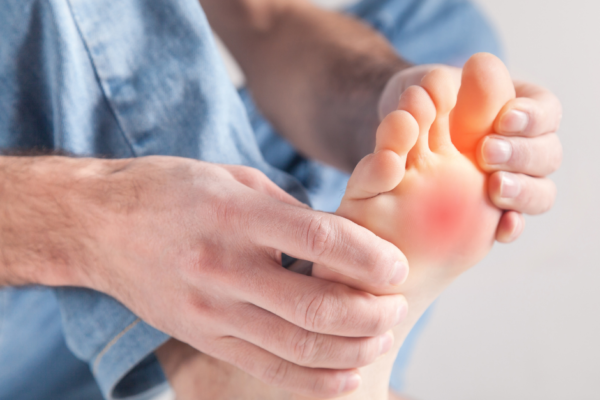
Neuromas: Causes, Symptoms & Treatment
One of the most common foot conditions is a neuroma, which is a pinched nerve in the ball of the foot. They often start with an unusual intermittent pain in the ball of your foot that can include numbness, tingling into the toes, burning, muscle spasms, or the feeling that your “sock is bunched-up” or
Read more

